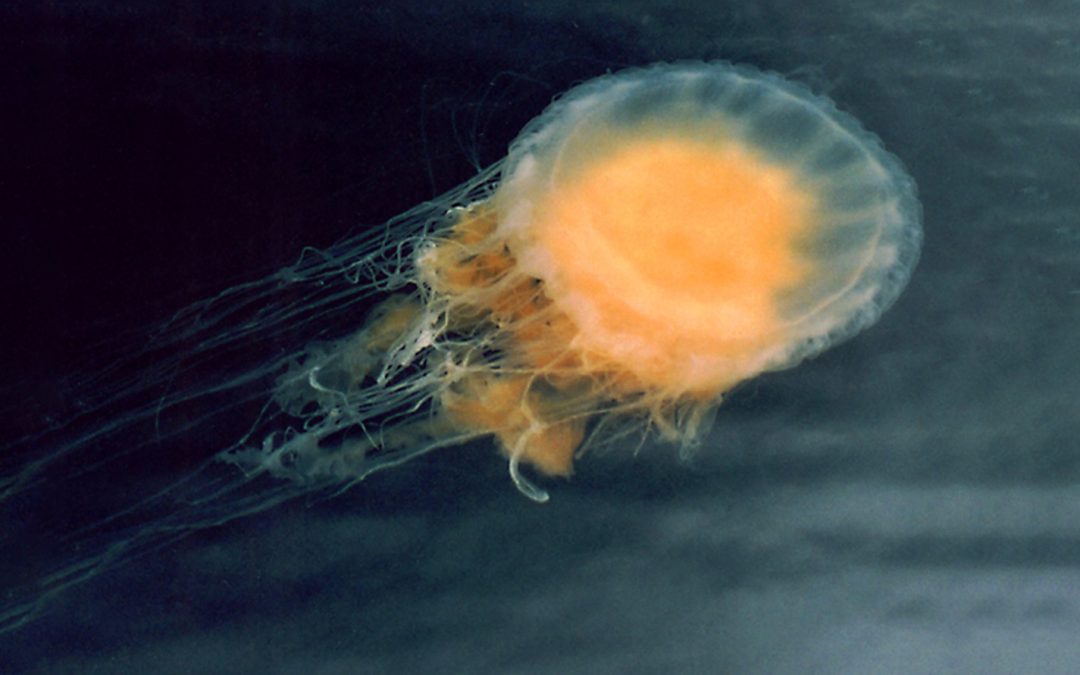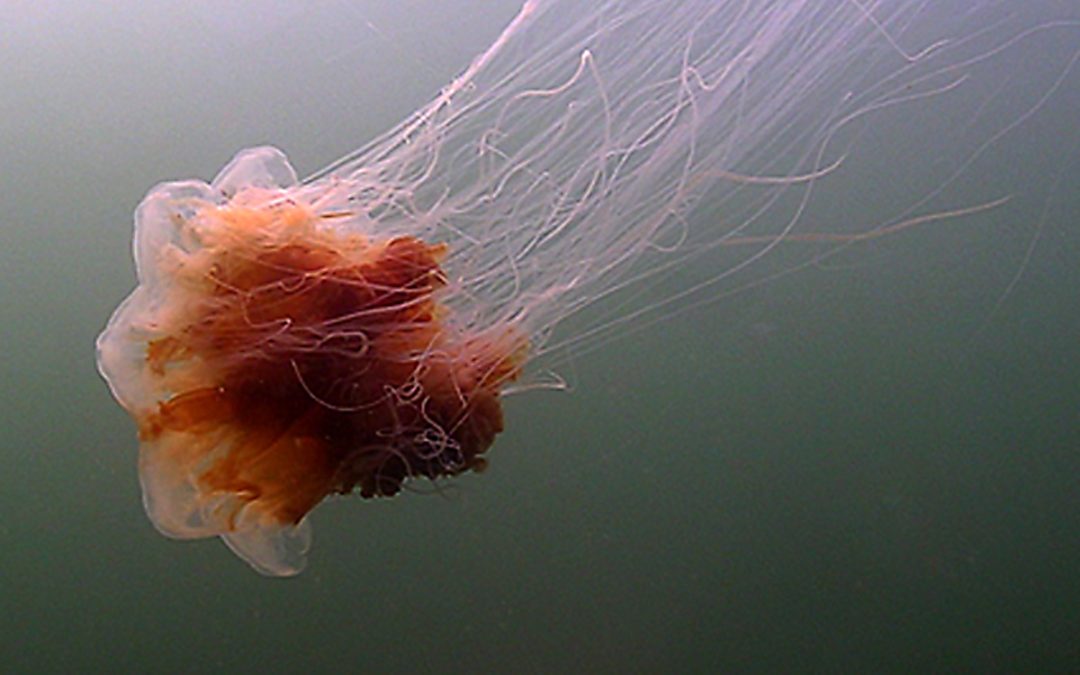
by David Young | Oct 20, 2024 | Cnidarians
Author: Rebecca Wilkinson Common names: Fried Egg Jellyfish, Egg-Yoke Jellyfish Scientific name: Phacellophora camtschatica Identifying Features: The Fried Egg Jellyfish gets its name from its appearance. Its bell, measuring up to 60cm (24 inches) across, is white...

by David Young | Oct 20, 2024 | Cnidarians
Author: Jamie Lenihan Scientific Name: Cyanea capillata Identifying Features: The Lion’s Mane jellyfish is one of the most easily identifiable varieties of jellyfish. At first glance, you can often recognize one of these jellies by their very large bell size,...




